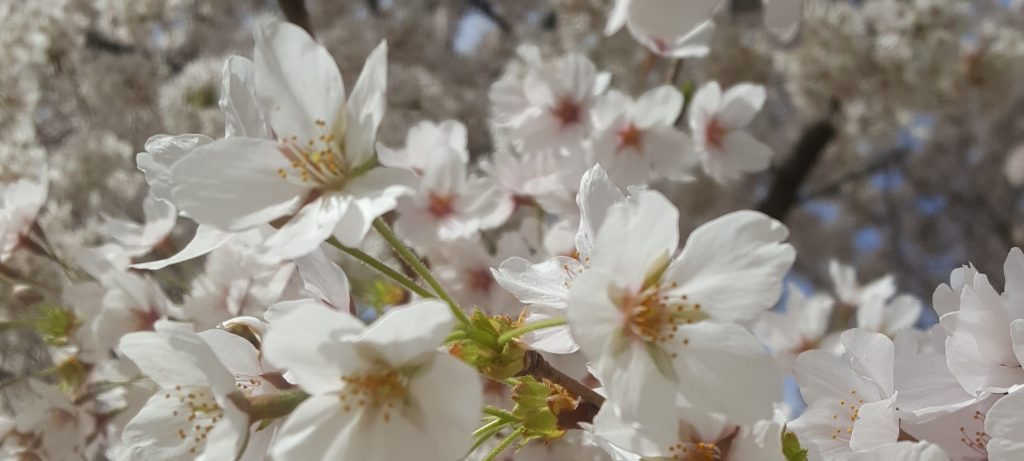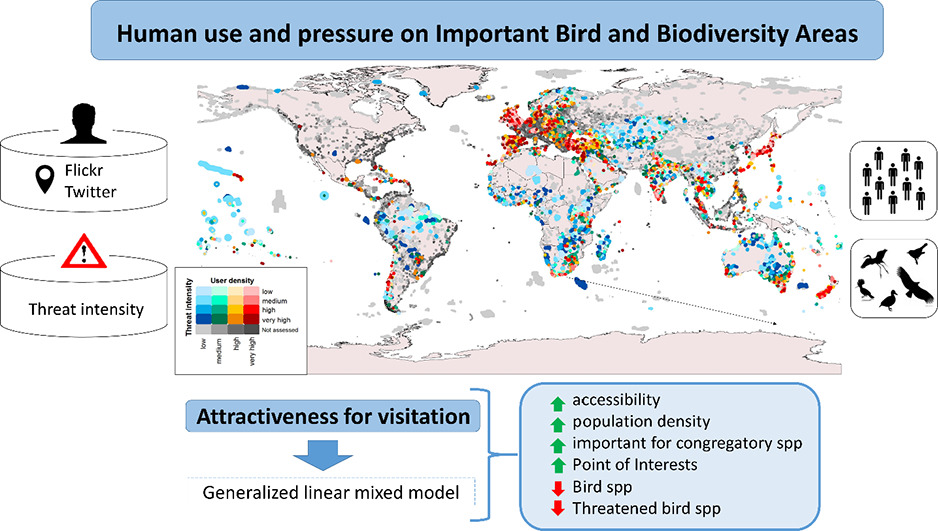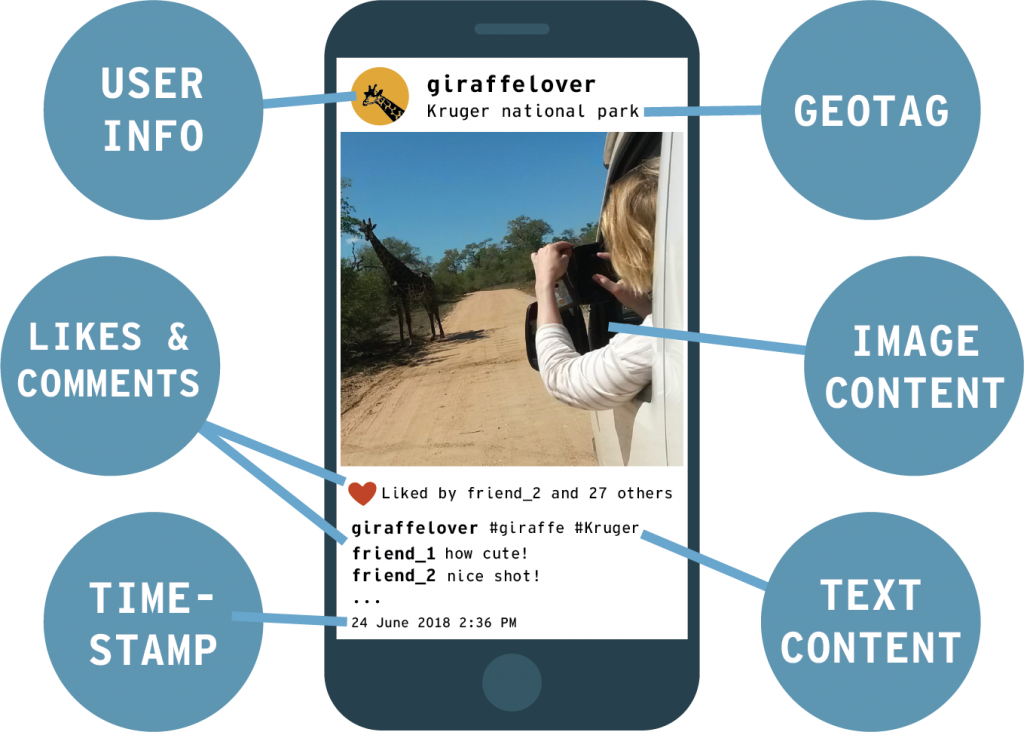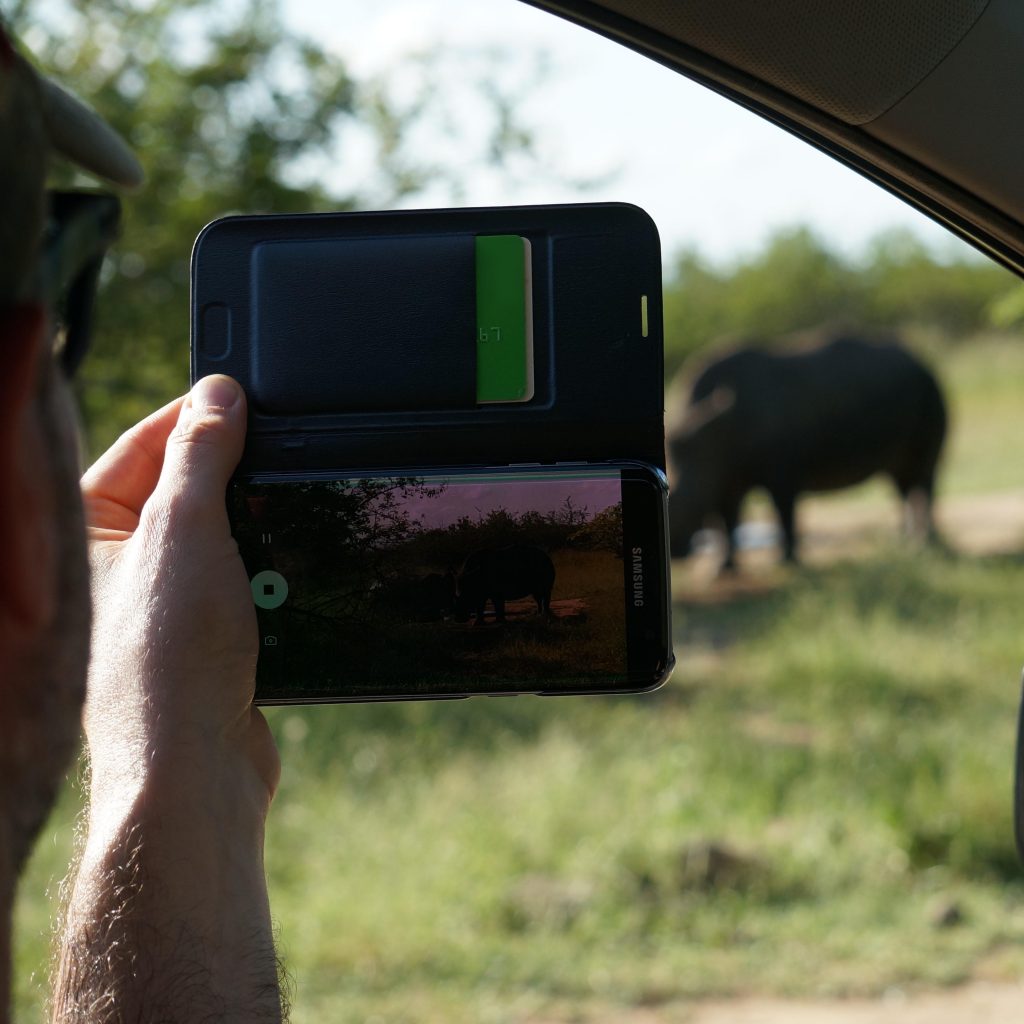
Annual Meeting of the American Association of Geographers (AAG) is the largest geography conference in the world featuring over 6000 presentations, sessions, panels, posters, corridor discussions etc.
This year, the meeting was organized in Washington D.C. April 3-7, 2019, right on time to see the beautiful cherry-blossom! The SoMeCon project and Digital Geography Lab were represented by Tuuli Toivonen, Vuokko Heikinheimo and Tuomas “Väiski” Väisänen – who is about to start his PhD in our group!
Tuuli participated in a panel discussing the usability of mobile big data from the point of view of social media data, and also presented recent work using mobile phone data for analyzing spatio-temporal population patterns in a session related to population statistics.
Väiski presented the results of his brilliant MSc thesis where he explored digital urban spaces trough English and Finnish Instagram posts from Helsinki. Social media provides a unique data source for studying linguistic landscapes in different languages.
Vuokko presented results from the Social Media for Conservation Science project in a session focusing on media and public parks. This presentation coincided nicely with the publication of our methodological paper in Biological Conservaion: https://doi.org/10.1016/j.biocon.2019.01.023. Check out the press-release here.
All in all, AAG was a great opportunity to learn what are the hot topics currently among geographers, and to present our work to an international audience. Also, we got a true head start on Spring while exploring Washington D.C. on bikes!
You can find more short stories from AAG trough our twitter account @digigeolab and via the hashtags #AAGDC and #AAG2019.



